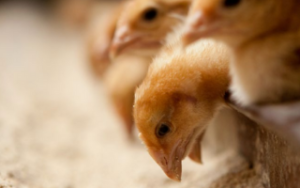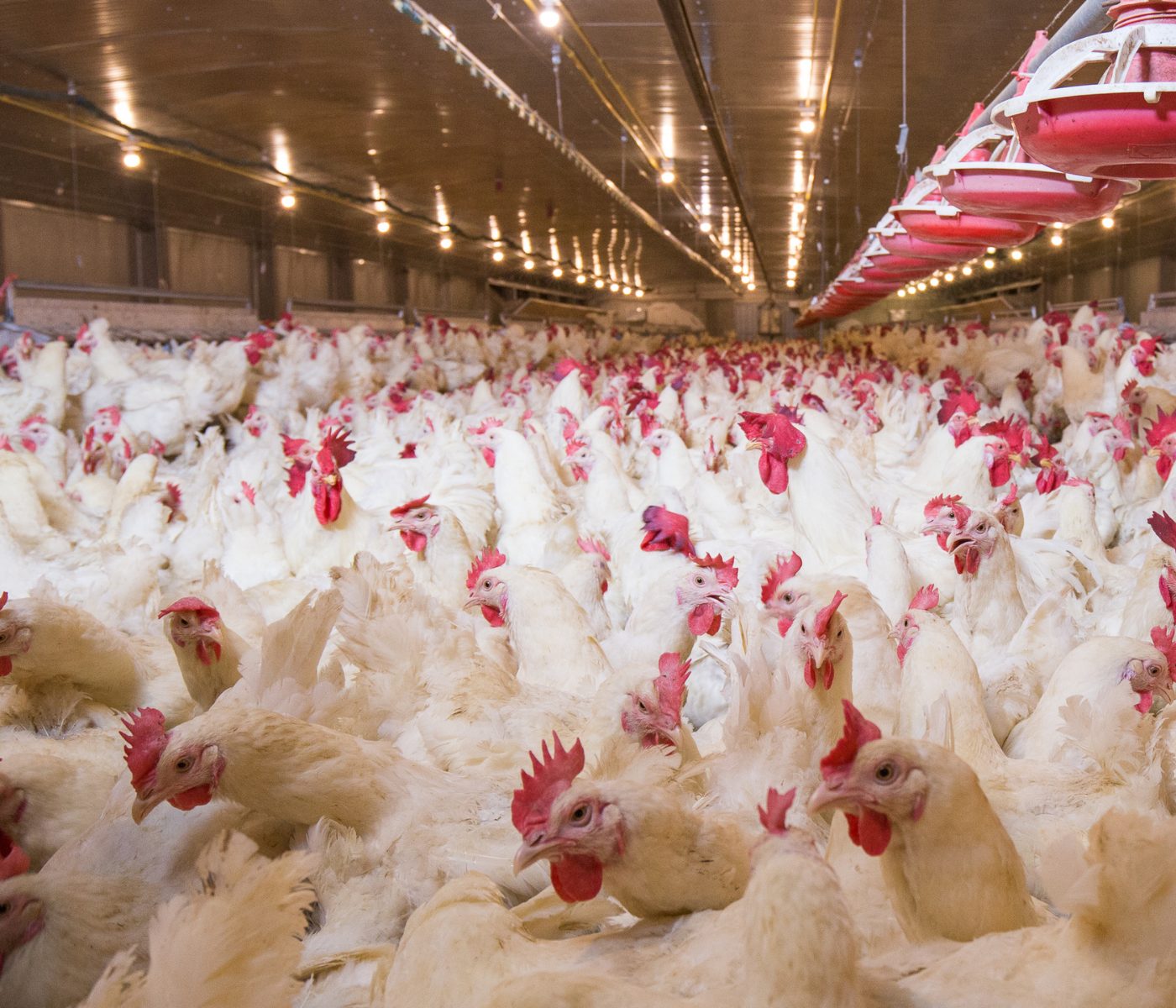Preview of the 10th Revised Edition of The Nutrient Requirements of Poultry (2024)
Guidelines for nutrient recommendations are valuable sources of information for poultry and animal nutritionists worldwide.
Currently, several nutrition recommendations are provided by primary breeding companies and industry or academic groups:
- The Spanish Foundation for the Development of Animal Nutrition (FEDNA) published the NORMAS FEDNA for poultry (2018)
- The Federatie Nederlandse Diervoederketen has the CVB Table Booklet Feeding of Poultry (2018),
- and Rostagno and collaborators presented recently the 5th edition of The Brazilian Tables for Poultry and Swine (2024).
However, for many decades, the National Research Council (NRC) report of the United States of America was one of the cornerstone references for poultry nutritionists worldwide. The National Academy Press (NAP) published these NRC reports almost every ten years until 1994, when the last one, the 9th revised edition, was issued.
The name of this publication will change since the NRC is now part of another institution. In 2015, the NRC merged with the National Academy of Engineering and the National Academy of Medicine to become the National Academy of Sciences, Engineering, and Medicine (NASEM).
These three private, nonprofit organizations provide the U.S. government expert advice on science, health, and engineering. However, their publications only use the name NASEM. For example, in 2021, the NASEM produced the consensus study report of the eighth revised edition of Nutrient Requirements of Dairy Cattle, and the NRC name disappeared in that publication.
In 2016, an ad hoc committee was created with professors from several American and Canadian Universities and Dr. Gonzalo Gonzalez Mateos from Spain to review the scientific literature on poultry nutrition and make recommendations on nutrient requirements.

On July 15, 2024, this Committee presented an overview of its report during the Informal Nutrition Symposium, held annually during the Poultry Science Association (PSA) Annual Meeting.
The present article is based on the information published by the members of this Committee in the PSA meeting abstract book and notes taken during their presentations. The video record of this symposium will be available on demand on the PSA website. The final printed report should become available to the public in fall 2024, and more information will be available on the NAP website (https://nap.nationalacademies.org/).
Overview of the 10th revised edition
As it is a tradition, in all these reports of nutrient requirements for all animal species, the 2024 poultry report builds on the 1994 report and those that preceded it. This time, Committee members reported that all chapters had been expanded considerably, and more details were provided for each nutrient and poultry species. The committee’s recommendations were expressed as the minimums based on the relevant research available. This report included new chapters for adjusting formulated levels to avoid nutrient deficiencies or excesses based on the ingredients fed and their digestibility or bioavailability. Chapters on feed processing, feed additives, gut microbiota, gut health, and other current topics were mentioned.
The Committee accepted that, in some cases, only tentative recommendations based on speculative guidance were provided due to insufficient information or recent studies specifically designed to determine nutritional requirements.
Computer models were used to estimate the nutrient requirements of broilers and layers. However, this Committee decided that the models used are in the early stages of development. Consequently, they recommended conducting new research to further develop and validate them before providing wide applications or publishing details about them.
Requirements by nutrients
In this 10th revised edition, the energy requirements for maintenance and production were defined as nitrogen-corrected apparent metabolizable energy. The Committee decided that net energy information is still incomplete in developing recommendations.
A better description of fiber and carbohydrates and their impact on digestibility and gut microbiota were included in this report. The data was obtained from research conducted primarily with cereals and soybean meals. However, it is recognized that the utilization of feedstuffs with high fiber content in poultry diets has increased, a trend that will continue.
Consequently, in this new edition, the NASEM report paid more attention to evaluating the energy content of ingredients that vary in composition and physicochemical properties more accurately.
The amino acid chapter implemented new sections that included sources of amino acids, bioavailability of D-amino acids, amino acid analysis of feedstuffs and physiological fluids, amino acid deficiencies, and empirical methodology to estimate amino acid requirements and ratios in poultry. Additionally, this publication explained the classification of amino acids, factors causing variation in amino acid requirements, unique amino acid relationships, imbalance, antagonisms, and toxicity.
The vitamin and mineral chapters were expanded to include descriptions of functions, deficiency, and toxicity. Additionally, the report introduced for the first time the concept that vitamins and minerals do have effects when included above the minimum requirement. The report also contains additional background on using vitamins and minerals in poultry diets.
Requirements by poultry category
The nutrient requirements for broilers, broiler breeders, laying pullets and hens, turkeys, and minor species like ducks, geese, quail, and partridges are presented in separate chapters that were all expanded. However, there was a consensus that more research is needed on all species.
The broiler chapter incorporated amino acid, mineral, and vitamin requirements reported on a weight basis. Still, digestible amino acids were expressed both as a percentage of the diet and on an intake basis (milligrams/day). Regression equations were proposed to estimate the digestible lysine requirements. These equations were obtained by summarizing empirical data. All other amino acid requirements were determined based on the digestible Lysine requirements and applying digestible amino acid ratios from the literature. This methodology was applied due to the data gaps related to amino acid requirements for some broiler body weights. Digestible lysine requirements of male and female broilers were provided from data estimated by factorial models that included the needs for maintenance and body protein accumulation.
More gaps in knowledge were observed in broiler breeder nutrition, especially in male nutrient needs. We will have to wait to review the report to understand how this information was managed and what recommendations were provided for breeders.
More details about nutrition function and the rationale for changing nutrient levels in table-egg-laying hens were provided. Models were used to estimate amino acid recommendations for pullets and laying hens.
This Committee increased the information on the turkey meat production system. It compiled the results of new research on essential amino acids, calcium, and available phosphorus for growing turkeys. However, no information was found on turkey breeder nutrition, and due to the significant gaps, modeling is recommended.
The amino acid and mineral recommendations of white Peking ducks were updated except for isoleucine and leucine. But, levels of magnesium, sodium, and manganese were not updated due to a lack of new research.
Data produced in Asia helped to update recommendations for most nutrients required by growing geese, but no information was found for laying geese. Brazilian research results were used to update Japanese quail and meat-type breeds.
Knowledge gaps and research priorities
This committee recognized many knowledge gaps and recommended the following:
– to develop new research on species-specific digestible amino-acid values for diverse feedstuffs.
– to continue the development of dynamic computer models to predict nutrient requirements.
– Standardize the methodologies to determine energy needs and feedstuff energy content.
– to enhance the research examining poultry nutrition’s environmental impacts and sustainability.
– to evaluate the nutritional impacts of feed restriction in broiler breeders and alternatives to control their body weight during rearing.
We will have to wait a few more weeks to review this study report this fall and assess the data compiled for practical use in poultry nutrition. Our next article in the December issue will bring some of these results to our readers.












